On September 23-24, 2019, a group of journalists including myself visited Asili Farms located in Masindi and Kiryandongo districts (Kiryandongo was curved out of Masindi district a few years ago), approximately 217 kilometres (by road), North-West of Kampala, Uganda’s capital city.
Asili Farms is an initiative of American investors and operates under Agilis Partners Uganda, currently Uganda’s largest maize and oilseed farming company and exporter.
Asili Farms also do large scale commercial soya bean and sunflower farming in the country.
The Group (Agilis Partners Uganda) is also composed of the Joseph Initiative Limited, a grain management and agricultural services company.
ALSO READ:
How To Earn Over Shs23m From An Acre Of Coffee Annually
10 Profitable Crops That Will Make You Rich In 2018
The company buys grain from farmers across the country.
The visit was aimed at seeing what is done at the farms; the agronomic practices used and what maize farmers can learn from this farm. It was also aimed at finding out how Agilis Partners Uganda is impacting communities in the districts where it operates.
3,000-hectare farm
A number of farmers consider maize to be a low value crop while many others don’t get the desired yields due to poor farming practices.
However, Asili Farms’ major cash cow is maize farming.
Benjamin Prinz, the Managing Director atAsili Farms and one of the partners at Agilis Partners Uganda revealed that at first, they were interested in buying grain, but maize farmers couldn’t sustain supply. That’s how they started maize farming to supplement produce from farmers, who they empower with knowledge on how to get the best from maize growing.
“We found that the local production was not big enough to meet the enormous demand. Therefore, we also started investing in our own primary production in 2014,”Prinz said in an interview.
He added: “By having a large source of our own production from our own nucleus farms, we are able to ensure that the grain we buy from smallholders and that we market in the region is competitive.”
Currently, the company has over 3,000 hectares of maize at various stages. A hectare is equivalent to 10,000 square meters (about 2.5 acres). This means the farm’s maize project alone sits on 7,500 acres of land. The farm owns over 1,500 hectares of land while the rest is rented.
The 3,000 hectares are located in four different farm units; Butobe, Kinumi, Kigumba and Bweyale. These are further subdivided into different blocks.

Because of time, we only visited two farm units; Kigumba that is located in Kiryandongo district and Butobe in Masindi district.
At Butobe farm unit which sits on over 1,000 hectares, Martin Jadribo, an agronomist and the head of Smallholder Farmers at Asili Farms took us through how they have pulled off this imaginable project.
He reveals that their methods of operation are the similar at all the farm units.
Land Preparation& Crop rotation
Jadribo says they use two types of land preparation; hallowing using a tractor and conservation farming.
Under conservation farming, he explains, there’s no harrowing. After harvesting soya bean for example, the trash/waste isn’t burnt but rather the planter machine digs holes for planting the next crop.

He says the farm survives on crop rotation; when maize is planted in the first season on a particular unit/block, soybean or sunflower will be grown in the 2nd season.
“Conservation farming helps conserve water. Even if it takes three weeks without rain here, the crops won’t be stressed so much,” he says, revealing that in the first season, soybean was grown at some blocks in Butobe.
He adds that the soybean and maize trash helps to prevent soil erosion.
“The soybean and maize trash also decompose and become organic manure,” Jadribo says, adding that at this particular farm unit in Butobe, no fertilizers have been applied.
Planting
The farm has a system of planting early and harvesting early so as to prepare early for the next season. According to Jadribo, they mostly practice dry planting in anticipation of rains.
“Our philosophy is plant early and harvest early. Our harvesting can take two months,” he says, adding: “When harvesting takes longer, it affects the next planting season.”
The farm has invested heavily so much that each farm unit has a weather station that helps them forecast the weather for the area. They also rely on satellite weather forecasts for proper planning.
“When we forecast that rains are about to come, we start planting. We can’t start planting at the onset of rains because we’ll be time bad,” he says.
Asked what type of varieties they plant, Jadribo revealed that Pannar variety from Kenya is one of the varieties at the farms. This season, they are also trying out Bazuka variety (from NASECO) and DK. He adds that they try to make research on the performance of the varieties they plant.
“We plant varieties that are high yielding, disease resistant and drought resistant,” he says.
He adds: “We want varieties that will remain standing after drying because we use machines to harvest and the machine only harvests standing ones. So, if the variety has characteristics of falling after drying up, then we won’t plant it to avoid losses.”
The spacing at the farm is 20cm from one plant to another and 75cm between rows. Jadribo says increased production per hectare is dependent on the population of plants in an acre or hectare. A well planted acre should accommodate about 20,000 plants.
On average, Asili Farms harvests 4.7 tons from one hectare. However, under good weather conditions, the farm can harvest as high as 7 tons per hectare.
Taking the average of 4.5 tons per hectare, it means that the farm can harvest a minimum of 13, 500 tons (13.5 million kilograms) from the 3,000 hectares of maize.
Managing Weeds and mechanization
It was established that crop rotation also helps to prevent weeds.
“Different crops attract different types of weeds,” Jadribo says, adding that sometimes they use accepted herbicides to kill the weeds. They also use machines to weed.
If you want to know the proper meaning of mechanization, then Asili Farms is the place to go. Almost everything on the farm is mechanized right from planting, weeding, spraying and harvesting.
“One planter machine can plant 126 hectares of maize in three days. Harvesting takes the same time,” Jadribo says.
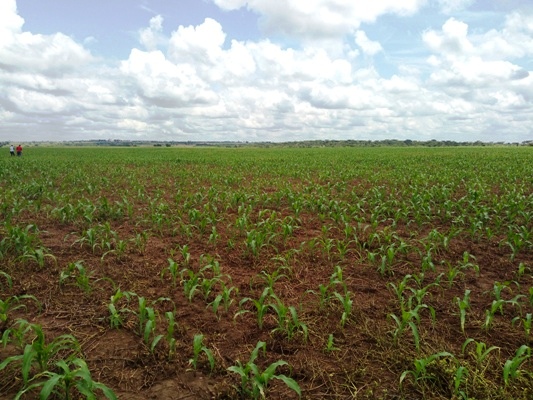
In 24 hours, one sprayer machine sprays 600 hectares. The spraying is done to control pests like fall armyworm and other diseases.
The farm is scouted weekly to find out whether there are new diseases and pests.Therefore, spraying is done according to monitoring results. However, the farm doesn’t use any form of irrigation.
The company employs 675 people with a substantial number being female. The casual labourers are paid after two weeks.
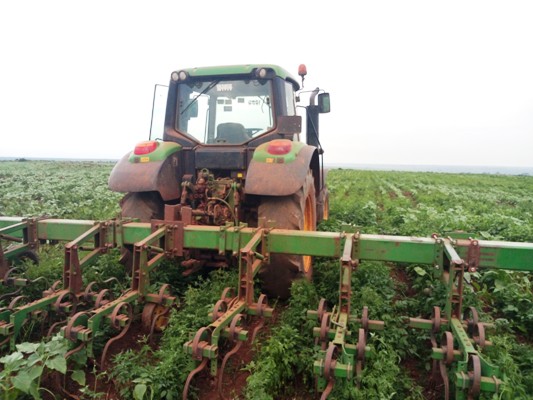
Soil testing and research
After harvesting, Asili farms carries out soil testing and analysis to find out the nutrients missing in the soil. This determines the fertilizers to be applied. The farm only uses fertilizers basing on what the soil is missing.
All the farming techniques employed at the farm are applied after thorough research. The company uses well established suppliers including Uganda Crop Care Ltd, Bayer, BASF, Balton and John Deere among others.
Challenges
Company officials say unpredictable weather is one of the key challenges the farm is facing considering the fact that it doesn’t use irrigation.
For example, last season the company lost 80 hectares of soybean to drought.
“The soybeans didn’t germinate as rains didn’t come in time. We had done dry planting,” Jadribo says.
Pests and diseases is yet another challenge the farm is facing. This is further made difficult by the high cost of chemicals.
Empowering communities
The farm also faces a challenge of theft from the neighbouring communities. However, the company is empowering the surrounding communities through trainings so as to enable them replicate what they are doing. They are taught how to increase production and ensure high quality produce.
The Joseph Initiative (which is under Agilis Partners Uganda) buys quality produce from small scale farmers at higher prices compared to what’s on the market.
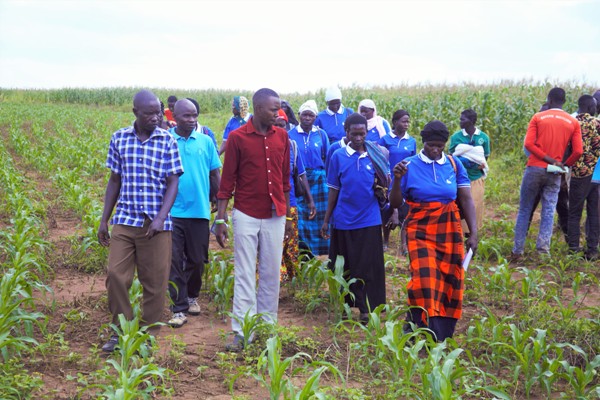
The company has Farmers Day prior to harvesting. This is done at one of the farm’s units. On Tuesday September 24, 2019, hundreds of farmers from Masindi, Kiryandongo and Hoima thronged Asili Farms in Kigumba to learn more about maize farming.
Enid Nyangireki, 57, a resident of Kibamba Village, Pakanyi Sub-County in Masindi district says that unlike before, she is able to get higher yields from her two acres of maize, thanks to the training she has received from Agilis Partners.
“Before they came, I used to get 2 tons but now I get four tons from two acres. I have learnt that using improved seeds increases yields. The population of plants in an acre is also important,” Nyangireki says, adding that she has also learnt to control the devastating fall armyworm.
“They also offer us better prices but they are strict on quality; your maize must be well dried and of high quality,” a single mother of two adds.
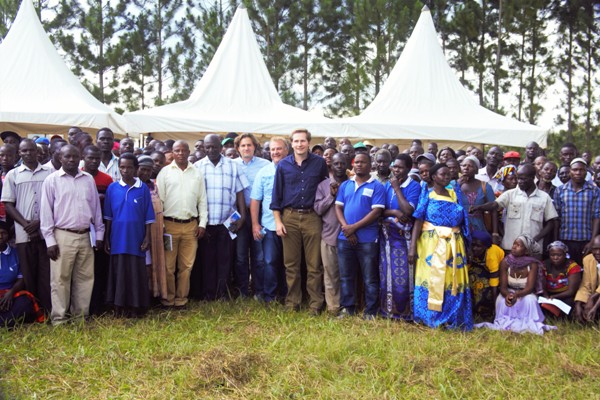
Post-harvest handling and marketing
According to Prinz (one of the co-founders of the company), they have “invested heavily in post-harvest infrastructure such as storage silos and grain handling equipment.” This infrastructure is located in both Masindi and Kiryandongo.
The good storage practices not only help to reduce aflatoxin, a food borne carcinogen found in grains in tropical climates, but also reduces post-harvest losses.
“The company has also been credited with transforming Uganda’s regional brand into a high-quality maize producer,” Prinz says, adding that the company is the leading exporter of grains from Uganda to the East African region.
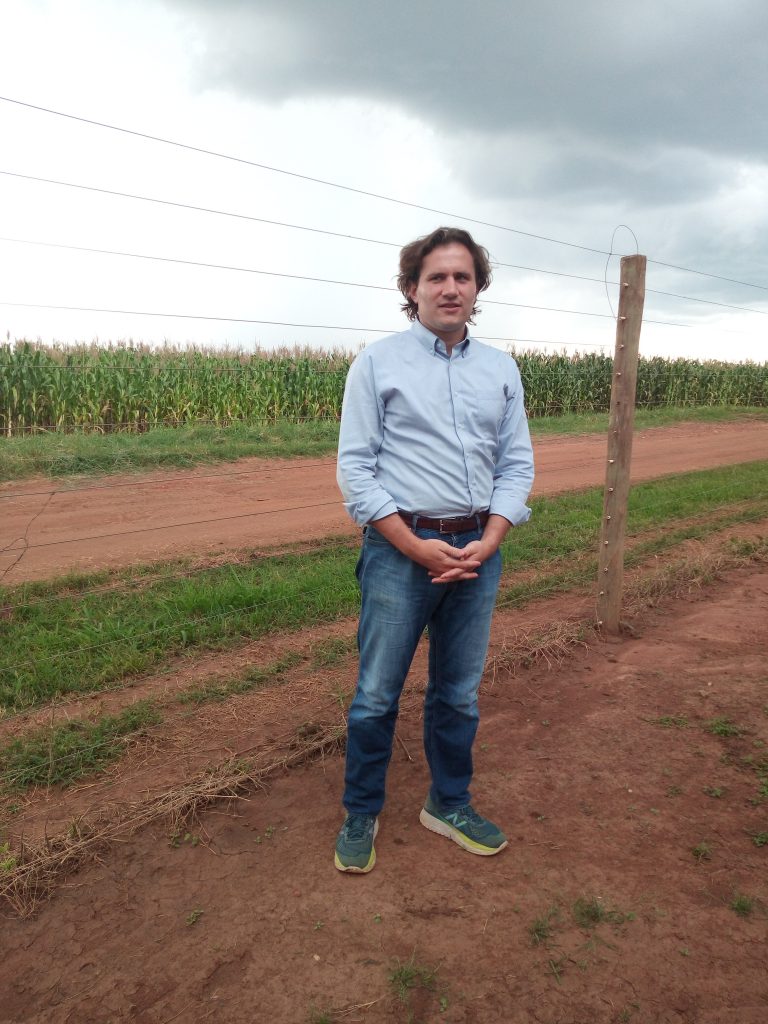
Their vision is to partner with Ugandan farmers to feed the country, East African region and the continent at large.
“Our vision is to empower Ugandans to feed East Africa and Africa at large because we believe Uganda has potential; we have the human potential, the agronomic potential and the capital here to feed East Africa and Africa at large,” he says.
Asked about the capital injected in the project, Prinz wasn’t specific saying, “we have invested significantly.”
The company sells its produce to regional food manufacturers, animal feed manufacturers and aid buyers such as the World Food Programme.
“We do bulking because we have warehouses that are up to the standard. We bulk at the time of surplus and sell during scarcity,” Jadribo adds.
Maize production in Uganda
Maize is one of the major staple foods in Uganda and East Africa at large. Its
production has increased over the years as people change their consumption
trends. It has evolved from a purely subsistence to a successful commercial
crop.
In as far as Uganda’s weather is concerned farmers can grow the crop in most
parts of the country although it is commonly grown in the districts of
Kapchorwa, Iganga, Masindi, Mbale, Mubende, Kasese, Kamuli, Jinja and Kabarole.
Nutritionally, maize is very nutritious as a starchy food. It also has an
appreciable level of protein which has higher levels of essential amino acids.
Available figures indicate that maize production for Uganda was 3.02 million tons in 2017, a significant increase from 341,884 tons in 1968. Maize production is reported to be growing at an average annual rate of 6.07%.
For tips or feedback, contact us via: staddewo@gmail.com, 0775170346


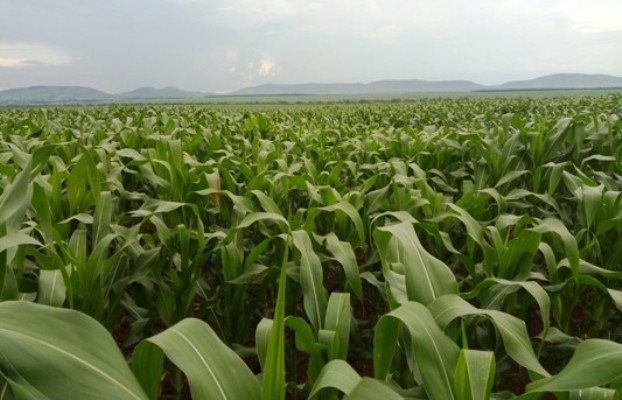




hi
we need to cooperate with u
thanks
hello here im interested in the topic up there, im a student from makerere university and i was inquiring the location of one of the farms please. A geographical location pin will be of help, thank you so much
I highly appreciate your effort.
Hv done cooperatives n business administration can l apply if yes how
We as Agilis are aiming to achieve the vision of 2040 that was well placed and the national development plan phase III
I am impressed by the Management Practices at the Farm and I am interested to visit farm units for both prodiction and post harvesting facilities. The purpose is to learn and also be able to pass on the knowledge to students and other farmers in my area of operation.
Once again thank you very much for the foresight and the work being implemented in Uganda.
Great indeed also trying to do the same
I am impressed by the Management Practices at the Farm and I am interested to visit farm units for both prodiction and post harvesting facilities. The purpose is to learn and also be able to pass on the knowledge to students and other farmers in my area of operation.
Once again thank you very much for the foresight and the work being implemented in Uganda.